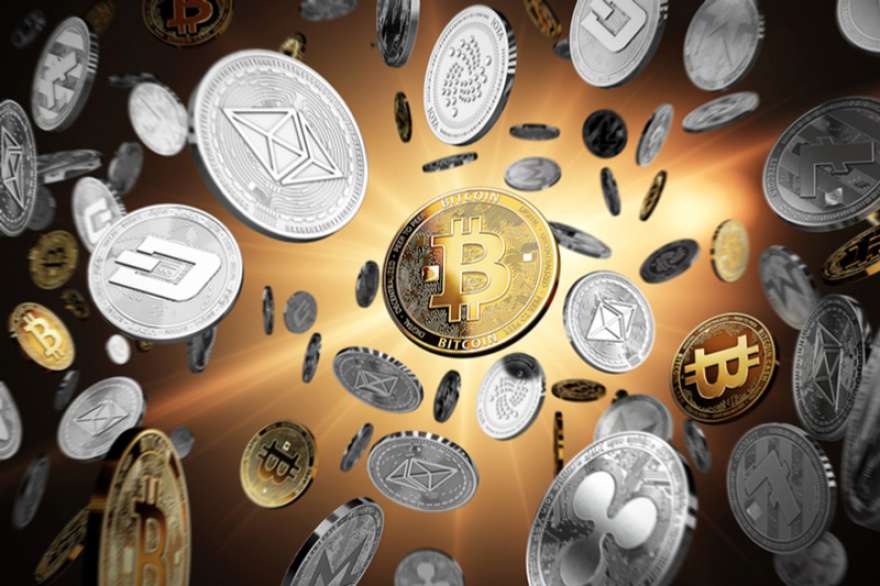Ukraine’s Crypto Market 2025: Between Regulation, Innovation, and Global Leadership
07.10.2025 18:33
Fixygen.ua - Ukraine remains one of the world’s most crypto-active nations — both in terms of adoption and innovation. Despite the ongoing war and economic challenges, the country has emerged as a regional leader in digital assets, combining high grassroots adoption with an increasingly structured regulatory framework.
Ukraine’s place in the global crypto ecosystem
According to the 2024 Chainalysis Global Crypto Adoption Index, Ukraine ranks 4th globally, behind India, Nigeria, and Vietnam — and ahead of most European and G7 countries. Over 6.5 million Ukrainians (around 15–17% of the adult population) are estimated to hold or use cryptocurrency.
Ukraine also consistently ranks among the top 10 countries by peer-to-peer crypto transaction volume, reflecting its highly digital-savvy population and widespread trust in blockchain-based tools.
Even before 2022, Ukraine was recognized by the Global Crypto Adoption Report as one of the fastest-growing crypto economies in Eastern Europe. Today, the war has only accelerated this transformation — digital currencies have become part of both humanitarian logistics and cross-border business operations.
Adoption and use cases
Remittances & payments: Cryptocurrencies serve as an alternative channel for remittances, reducing transfer costs and bypassing traditional banking restrictions.
Savings and investment: Amid inflation and banking risks, crypto assets are used as a store of value and a hedge against currency instability.
Charitable donations: Since 2022, Ukraine has received more than $250 million in crypto donations, becoming one of the first countries to officially accept digital assets for defense and humanitarian support.
Freelance economy: Ukrainian IT specialists and digital freelancers frequently use stablecoins (USDT, USDC) for cross-border settlements.
Regulatory framework and licensing
Ukraine is one of the first countries in Eastern Europe to create a comprehensive legal framework for the crypto industry.
The Law “On Virtual Assets” (adopted in 2022, updated in 2024) defines digital assets as property and introduces licensing for exchanges and custodial wallets.
In 2025, the National Bank of Ukraine (NBU) and the National Securities and Stock Market Commission (NSSMC) began preparing secondary regulations aligned with the EU’s MiCA (Markets in Crypto-Assets Regulation), paving the way for harmonization with European standards.
The Ukrainian Parliament is also considering taxation amendments that would introduce a 5% income tax rate for crypto-related profits for individuals and 10% for businesses, with simplified reporting rules.
Regulators emphasize that Ukraine aims to become “crypto-compliant, not crypto-restrictive,” ensuring transparency while supporting innovation and investment inflows.
Institutional and infrastructure developments
Ukraine has rapidly built a local crypto infrastructure ecosystem:
Over 25 licensed exchanges and brokers operate domestically or under partnership agreements with EU-registered entities.
Kyiv, Lviv, and Dnipro are emerging as regional blockchain hubs, hosting startups focused on Web3, DeFi, tokenization, and AI-integrated financial products.
The Ministry of Digital Transformation continues to cooperate with Binance, Kuna, and WhiteBIT on blockchain policy and public-sector digitalization.
In parallel, the National Bank of Ukraine is developing its own digital hryvnia (e-hryvnia) pilot with support from Stellar Development Foundation, aiming to test CBDC payments by 2026.
Trends and challenges
Rising institutionalization: Ukrainian crypto companies are shifting from purely retail models to regulated brokerage and fintech structures.
DeFi and tokenized assets: Local developers increasingly launch Web3 tools for global markets — particularly in DeFi, GameFi, and real-world asset tokenization.
Security & AML compliance: Integration with FATF standards remains a challenge, though Ukrainian regulators actively cooperate with the EU to strengthen anti-money laundering mechanisms.
Brain drain vs. global expansion: Thousands of Ukrainian blockchain professionals have relocated to the EU, Poland, and the Baltics, yet they continue to operate Ukrainian-origin projects and bring foreign investment into the ecosystem.
As of late 2025, Ukraine stands among the top 5 global leaders in crypto adoption, with a vibrant domestic ecosystem and growing regulatory maturity.
The ongoing implementation of EU-aligned standards, along with a high degree of digitalization and public acceptance, could make Ukraine a European hub for blockchain innovation and virtual asset regulation within the next two years.

